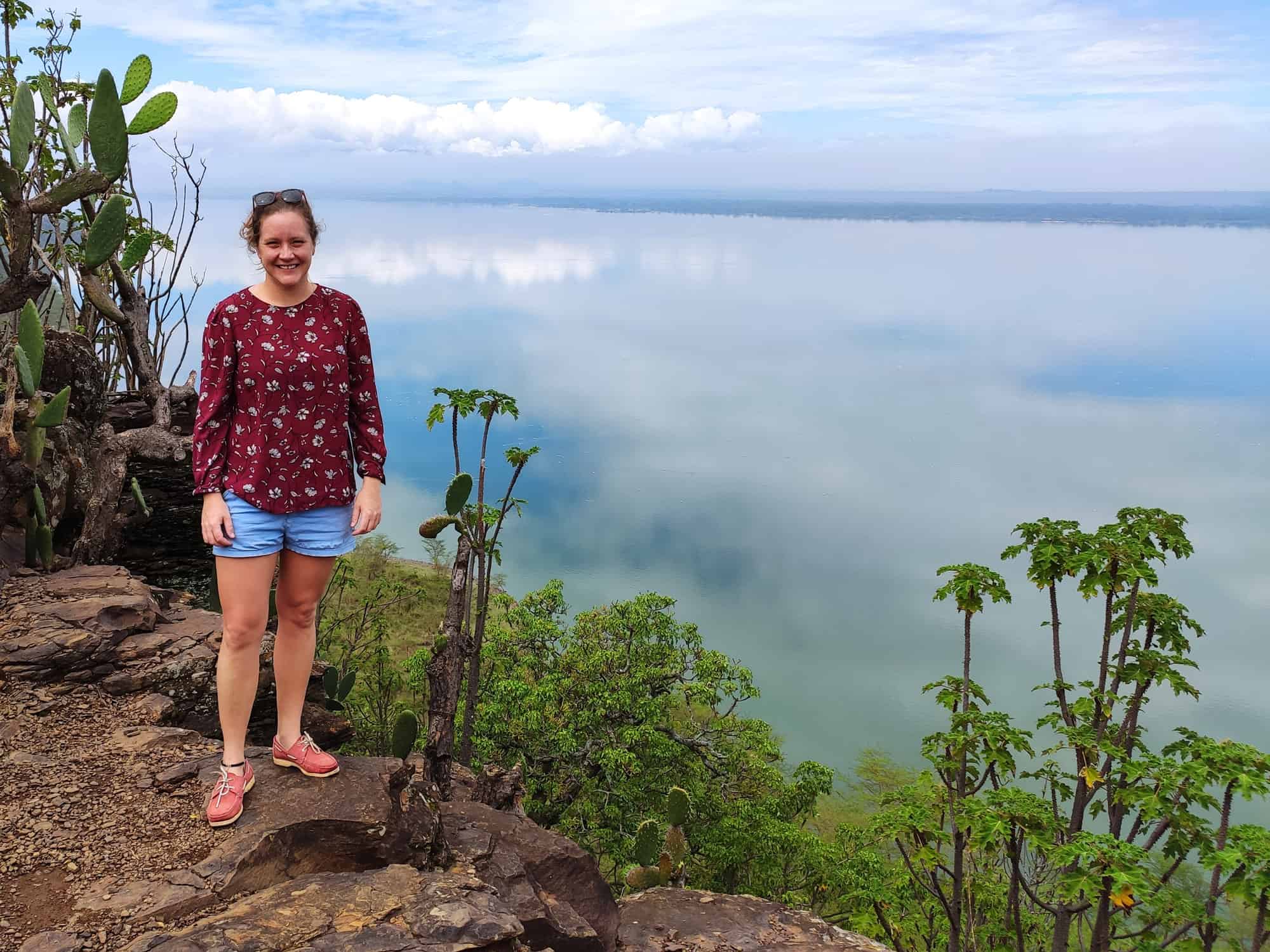What three years in Kenya taught me about protecting biodiversity
As delegates meet to discuss the biodiversity emergency at COP15, climate change specialist Emily Le Cornu reflects on her three years in Kenya, where she worked to enhance the sustainability and resilience of the forestry and water sectors on behalf of the international, multidisciplinary GNIplus project.
The world is watching as delegates at the 15th meeting of the Conference of the Parties (COP15) in Montreal seek to ratify the post-2020 global biodiversity framework to reverse the biodiversity crisis. Implementation is a key focus area of the framework, and it’s where climate change specialists at AECOM – like myself – can have a real impact.

My climate change work for AECOM recently took me to Kenya, where I lived for three and half years. I relocated to Kenya to work as the climate change technical lead on an international, multi-disciplinary project – known as GNIplus. The multi-million-euro project was designed to support the Government of Kenya in delivering on some of its international climate targets and commitments under the Paris Agreement and was funded by the German Government and delivered by a consortium of three other organisations. I was responsible for the delivery and coordination of AECOM’s three workstreams.
We focused on forestry and water, developing climate action status reports for both sectors. These sector readiness reports were central in developing an understanding of barriers to implementation along with identifying opportunities for future investment. We then developed sector roadmaps that mapped out additional climate action solutions, as well as devising pilot projects for on-the-ground implementation.
For instance, we designed a Payment for Ecosystem Services (PES) scheme to protect the cloud forests of the Chyulu Hills, one of the country’s critically important water towers that replenish an important water source for the city of Mombasa.
A PES scheme is a market-based mechanism to encourage the conservation of the world’s natural capital and ecosystem services (see video below). Through my work on the project, I know first-hand the potential that a PES scheme can have to influence new behaviours and effect change: the scheme will help the local Maasai communities protect this national asset by providing an additional source of income alongside the sale of carbon credits, and incentivising new land management practices.
“Through my work on the project, I know first-hand the potential that a Payment for Ecosystem Services scheme can have to influence new behaviours and effect change.”
One unexpected output from our Chyulu Hills work was our PES toolkit. Inspired by AECOM’s Natural Capital Laboratory, we built the online resource using AECOM’s PlanEngage interactive engagement platform. Personally, I am looking forward to seeing others use the toolkit to set up PES schemes in other parts of the world.
Implementation often demands innovation. As part of a pilot project in the water sector, we developed a telemetric monitoring scheme that will allow the Kenyan government to assess water quality and enforce restrictions on polluters. This work will improve access to data and enable a live review of water quality.
When I consider the word ‘implementation’ in relation to this project, I think of the complexities and challenges around engaging with all the different stakeholders, from senior members of the Ministry of Environment and Forestry and the Ministry of Water, Sanitation and Irrigation to the private sector and civil society. I think we succeeded because we were flexible, adapted the way we worked to suit, and built some excellent working relationships.
For me, my years in Kenya on the project were amazing and being able to visit the cloud forests – and other areas – as part of my job was incredible. I also know that we must change our economic, social and financial models so the trends that have exacerbated biodiversity loss will stabilize. I sincerely hope that my technical work on GNIplus has gone some way to doing that for the Kenyan people.






